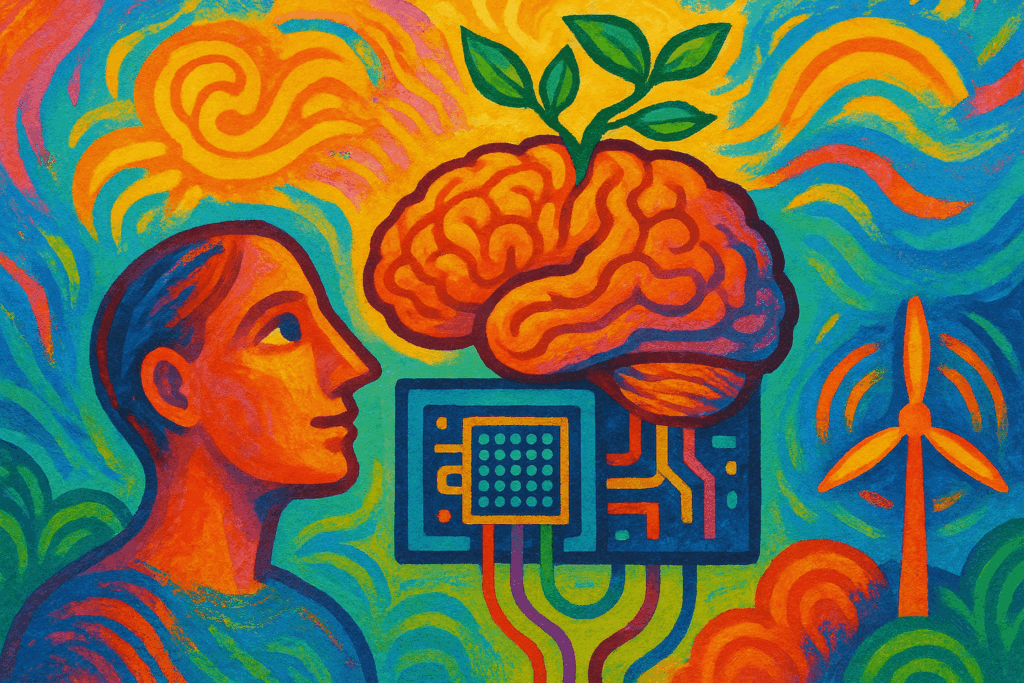The Scale of AI’s Energy Appetite
The rapid evolution of artificial intelligence has shifted computational demand from conventional data centers to large-scale ‘super-facilities.’ These AI training centers consume energy at levels comparable to small countries or major metropolitan areas. For instance, training a single advanced AI model can require electricity equivalent to the yearly consumption of thousands of homes. As companies like OpenAI and hardware providers such as Nvidia expand AI capabilities, the infrastructure needed grows exponentially, placing unprecedented pressure on energy resources worldwide.
More Than Electricity: Water and Cooling Needs
AI infrastructure’s power consumption goes hand in hand with substantial water use. Cooling these massive facilities demands significant amounts of water to prevent overheating of densely packed hardware. This growing requirement strains local water supplies, raising environmental and operational concerns, especially in regions already facing water scarcity. The interplay of energy and water consumption underscores the multifaceted resource challenge presented by AI’s physical demands.
Grid Strain and Future Solutions
The surge in AI energy consumption contributes to heightened stress on existing electric grids, which were not originally designed to sustain such concentrated and continuous loads. This pressure raises risks of instability and increases the urgency to upgrade grid infrastructure. Energy sectors are exploring solutions including expanded renewable energy deployment and integration of small modular nuclear reactors. Renewables offer clean energy but face issues of intermittency and scalability, while nuclear power, although promising steady output, contends with regulatory and public acceptance hurdles. Balancing supply reliability with environment-friendly sources remains a challenge in meeting AI’s growing appetite.
Balancing Innovation with Sustainability
Addressing AI’s escalating power demands requires progress in energy technology alongside strategic infrastructure development. Emphasizing energy efficiency within AI hardware and data center operations can reduce some strain, but broader energy sector innovations are essential. Investment in smart grids, diverse clean energy portfolios, and advanced cooling techniques will be key. Collaboration among AI developers, energy providers, and policymakers is vital to foster solutions that support AI advancements without compromising environmental sustainability or community resources.




